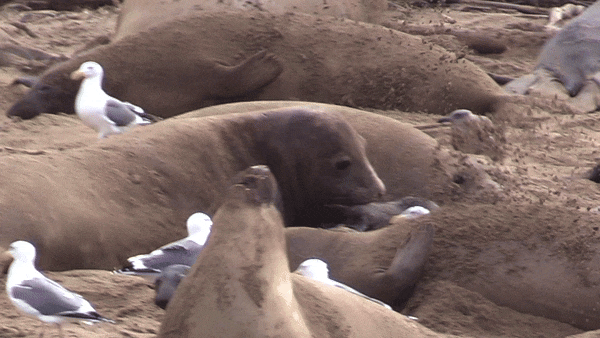Hello folks who wonder if Oreos are the only thing that can unite vegans and carnivores alike,
Humans have driven several species to extinction throughout history. However, we have since learned that, given enough time, species that were once thought to be on the brink of extinction can recover if provided the proper space and conditions.
Case in point is the Bison bison, commonly known as the American Bison or Gymnogyps californianus, now referred to as the California Condor. Many readers may start to feel overly confident at this point, stating that previous generations were ignorant with brains the sizes of peanuts while the current generation is more educated and environmentally aware.
To counter that point, I present a species that nearly went extinct during the pandemic, Sanitarium papirum or Toilet paper as found on the shelves of supermarkets or hidden in the basement of Doomsday Preppers. It has since bounced back in number.
Back in the 1800s, people needed something to keep their lights on, something to help with soap making, something to lubricate their industrial machines and so on. When they discovered whale blubber could be heated to melt the fat and convert it into oil to help with all the things mentioned above. But whaling was intense; therefore, imagine their surprise when gallons of oil would literally wash up on shore.
Enter elephant seals, which were an easier source of blubber that could be converted to oil. Elephant seals have rebounded in numbers after being decimated to less than 100 individuals in the 1800s. Recently, I had the opportunity to visit a rookery of elephant seals in Pescadero, California. Every winter, one can witness more than 5,000 elephant seals living in close quarters, experiencing key moments in their lives, such as giving birth, mating, fighting,
Let me provide some background on elephant seals for those unfamiliar with these fascinating mammals. Elephant seals spend most of their lives at sea. They come to shore twice per year—once to breed/give birth and once to molt. If you have a friend who constantly brings up their intermittent fasting records, tell them elephant seals put that to shame. Male elephant seals fast for 100 straight days when they arrive onshore to breed.
Male elephant seals live up to 14 years, becoming sexually active after age 8. However, only 1-2% of males survive to that age. And even fewer ever get the chance to reproduce. This explains why the males are so aggressive pursuing females when they overlap on land. Dominant males maintain harems of up to 50 females, attempting to mate with each one when possible.
Here is a dominant male attempting to mate with a female who has yet to finish binge watching "The Real Housewives of Beverly Hills Season 11" and dismisses his advances. The sexes are highly dimorphic in elephant seals, with males 3-10 times larger than females. So I enjoy watching shocked human reactions when witnessing these mating displays firsthand.
The females who can be spotted close to each other are in no ways besties for life. Instead, they seek safety in numbers from the males who constantly keep asking them for a date or cell phone number. The best way to describe the relationship between females is that they tolerate each other.
Males who are much younger or did not get to establish a harem can be seen at the boundaries of other groups engaging in play fighting to prepare them for future fights. Just as we have boys play with nerf guns so they can they go on to shoot in schools.
HEY KARAN! Cut it out. Not cool! We don't joke about that!
Here are some males play fighting and biting each other in the neck area which is the equivalent of two boxers punching each other.
Neck shields are structures in males that protect their necks from bites during competition with other males. It does not tell you how many battles it won, it merely tells you the amounts of bites it has taken. This hardened skin in the neck region is more prominent in the older adults.
When challenging males try to approach females that are part of the harem, the dominant male will make a display of raising his body to display his battle scars and make a guttural sound to warn the invader. This usually scares them from advancing since going into battle is not without bloodshed.
If the competing male lacks absolute confidence to engage, he typically backs off and concedes this round.
Once on land, females each give birth to one pup. The pup is fed nutrient-rich milk, with a fat content ranging from 2% to heavy cream near the one-month weaning period. This causes the pup to gain 300 lbs. of weight in a span of a month.
Mothers and pups recognize each other’s distinct calls and voices. This intimate scene shows a mother inquiring what the tooth fairy gave her pup for its recently lost tooth.
Finally, the thick blubber that insulates adult elephant seals during deep ocean dives can become problematic on warm winter days. While helpful for temperature regulation in frigid waters, all that blubber tends to overheat them on land. To stay cool, the seals will dig up sand from the surrounding area and flip it on top of their bodies for relief.
It's like watching a real-life version of American football when you see those elephant seal males charging at each other. It's as if they're playing their own version of the Super Bowl.













No comments:
Post a Comment
Did you learn something new in this post? Let us know in the comments below